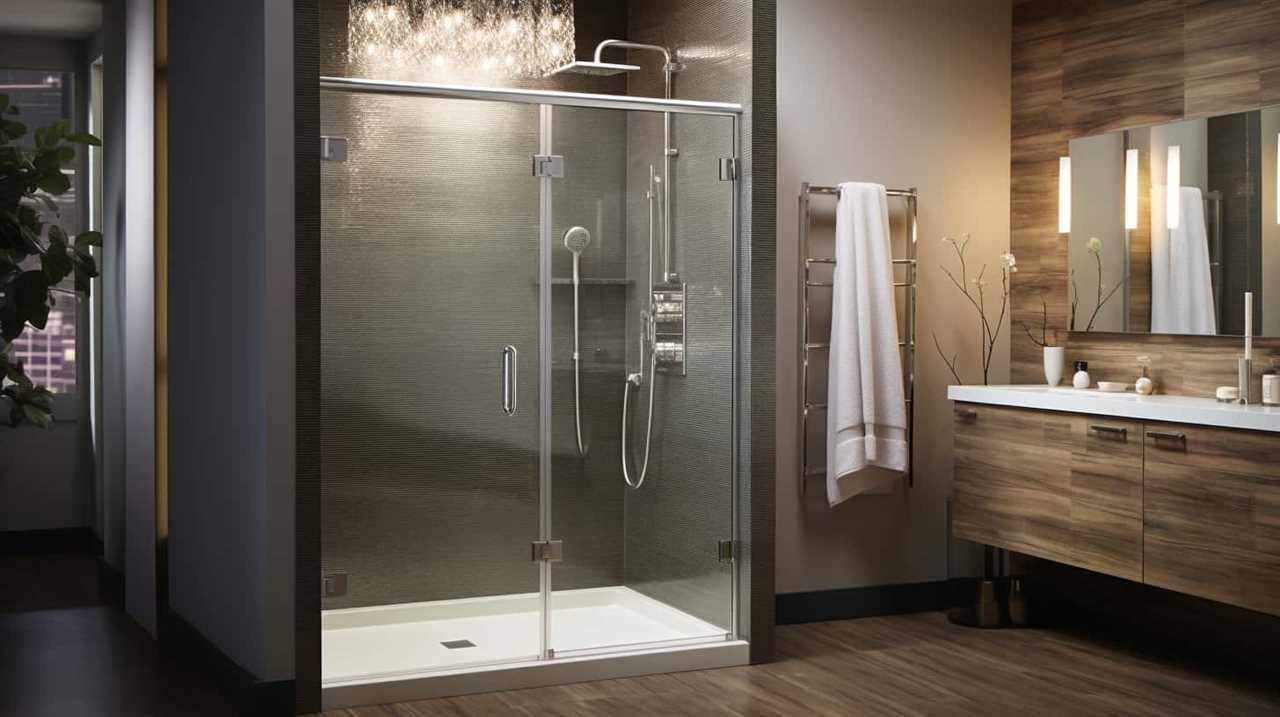Can schools have the power to restrict our use of the restroom? This inquiry has ignited discussions and generated worries among students, parents, and educators.
In this article, we will explore the legal considerations, the impact on student health and well-being, and the potential consequences of strict bathroom policies. We will also delve into the delicate balance between maintaining order and respecting individual autonomy.
Finally, we will discuss strategies for promoting bathroom access and safety in schools.
Get ready to dive into this important and complex issue.

Key Takeaways
- Students have the right to use the bathroom in a safe and private environment, and schools should provide individual stalls or adopt policies that promote privacy.
- Schools should seek input from parents and include them in decision-making processes to ensure transparency and protect students’ rights.
- Restricting bathroom use can infringe upon students’ privacy rights, compromise their hygiene, and negatively impact their mental and emotional well-being.
- Strict bathroom policies can lead to stigmatization, decreased academic performance, long-lasting effects on mental health, and hindered educational outcomes. Schools should balance order and individual autonomy by establishing clear guidelines, providing adequate facilities, promoting open communication, and prioritizing hygiene and privacy.
Legal Considerations and Student Rights
As educators, we frequently encounter legal considerations and must uphold students’ rights when it comes to limiting bathroom use in schools. One of the primary concerns is privacy. Students have a right to use the bathroom in a safe and private environment. Whether it’s providing individual stalls or adopting policies that promote privacy, schools must address these concerns to ensure students’ dignity.
Additionally, parental involvement is crucial when making decisions about bathroom use. Schools should actively seek input from parents and include them in the decision-making process. This not only promotes transparency but also ensures that parents are aware of the measures being taken to protect their children’s rights.
Impact on Student Health and Well-Being
The well-being of students is significantly affected by limitations on bathroom use in schools. This issue raises important concerns regarding student privacy and hygiene.
- Student privacy: Restricting bathroom use can infringe upon students’ privacy rights. Denying them access to a private space to attend to personal needs can lead to discomfort and embarrassment. This can have a negative impact on their mental and emotional well-being.
- Hygiene concerns: Limiting bathroom use can compromise students’ hygiene. Adequate access to clean facilities is crucial for maintaining proper hygiene and preventing the spread of germs. Without sufficient bathroom breaks, students may not have the opportunity to wash their hands regularly, increasing the risk of illness and impacting their overall health.
To ensure the well-being of students, it’s important for schools to consider the potential negative consequences of restricting bathroom use and prioritize their health and privacy.

Potential Consequences of Strict Bathroom Policies
Potential consequences of implementing strict bathroom policies in schools include stigmatization and negative effects on students’ academic performance. When students are restricted from using the bathroom, they may feel embarrassed and ashamed, leading to social isolation and decreased self-esteem. This stigmatization can have long-lasting effects on mental health and overall well-being.
Strict bathroom policies can also impact academic performance negatively. If students are not allowed to use the bathroom when needed, they may become distracted and have difficulty focusing on their studies. This can result in decreased productivity, lower grades, and hindered educational outcomes.
It is crucial for schools to consider the potential consequences of strict bathroom policies and prioritize the well-being and academic success of their students.
Balancing Order and Individual Autonomy
We must strike a balance between maintaining order and respecting individual autonomy when it comes to bathroom use in schools. It’s crucial to prioritize student privacy while also ensuring that hygiene standards are met.

To achieve this delicate balance, we can consider the following points:
- Implementing clear guidelines: Schools should establish well-defined rules regarding bathroom use that take into account the needs and concerns of both students and staff.
- Providing adequate facilities: Schools must ensure that there are enough clean and functional bathrooms available to accommodate the student population, promoting a hygienic environment.
- Encouraging open communication: Creating a culture where students feel comfortable discussing their needs and concerns regarding bathroom use can help foster a respectful and inclusive atmosphere.
Strategies for Promoting Bathroom Access and Safety
To ensure student safety and access to bathroom facilities, we can employ a variety of strategies. Promoting inclusivity and fostering independence are key considerations when designing these strategies. One effective approach is to implement a buddy system, where students are paired up and responsible for each other’s safety when using the bathroom. This not only encourages accountability but also creates a supportive environment. Additionally, providing clear signage and instructions can help students navigate the bathroom facilities independently. Another strategy is to establish designated bathroom breaks throughout the day to ensure that students have regular opportunities to use the facilities. By implementing these strategies, schools can prioritize student safety and promote inclusivity while fostering independence.
| Strategies for Promoting Bathroom Access and Safety | ||
|---|---|---|
| 1. Buddy system | 2. Clear signage | 3. Designated bathroom breaks |
| Encourages accountability and support | Helps students navigate independently | Ensures regular opportunities for bathroom use |
Frequently Asked Questions
How Do Strict Bathroom Policies in Schools Impact Transgender and Gender Non-Conforming Students?
Strict bathroom policies in schools can have a negative impact on transgender and gender non-conforming students. By limiting their access to appropriate facilities, these students are denied their rights and may face emotional distress and discrimination.
Can Schools Limit Bathroom Use Based on Religious or Cultural Beliefs?
Schools should consider religious accommodations and cultural sensitivity when addressing bathroom use. It is important to create an inclusive environment that respects everyone’s beliefs and values, while also ensuring the safety and well-being of all students.

Are There Any Laws or Regulations That Specifically Address Bathroom Access for Students With Disabilities?
Are there laws or regulations that address bathroom access for students with disabilities? Lack of accessibility can lead to discrimination and exclusion. It is crucial to ensure equal rights and accommodations for all students.
Can Schools Implement Alternative Solutions to Strict Bathroom Policies, Such as Gender-Neutral Bathrooms or Increased Access to Private Facilities?
Schools can implement alternative solutions to strict bathroom policies, such as gender-neutral restrooms or increased access to private facilities. These options address privacy concerns and promote inclusivity for all students.
How Do Strict Bathroom Policies Affect Students’ Overall Academic Performance and Attendance Rates?
Strict bathroom policies can have a significant impact on students’ academic performance and attendance rates. Research shows that limited access to bathrooms can lead to discomfort, distraction, and even health issues, all of which can negatively affect learning and attendance.
Conclusion
In conclusion, while schools have the authority to implement bathroom policies, it’s crucial to strike a balance between maintaining order and respecting students’ autonomy.

Strict restrictions on bathroom use can have negative consequences on student health and well-being.
By promoting bathroom access and safety through strategies such as increased supervision and awareness campaigns, schools can create a supportive environment that prioritizes both student needs and school discipline.
Finding this balance is crucial for the overall success and happiness of students.










